Feature Detection
Characteristics of good features
What is a good feature?
- Repeatability
- The same feature can be found in several images despite geometric and photometric transformations
- Saliency
- Each feature is distinctive.
- Compactness and Efficiency
- Many fewer features than image pixels
- Locality
- A feature occupies a relatively small area of the image; robust to clutter and occlusion.
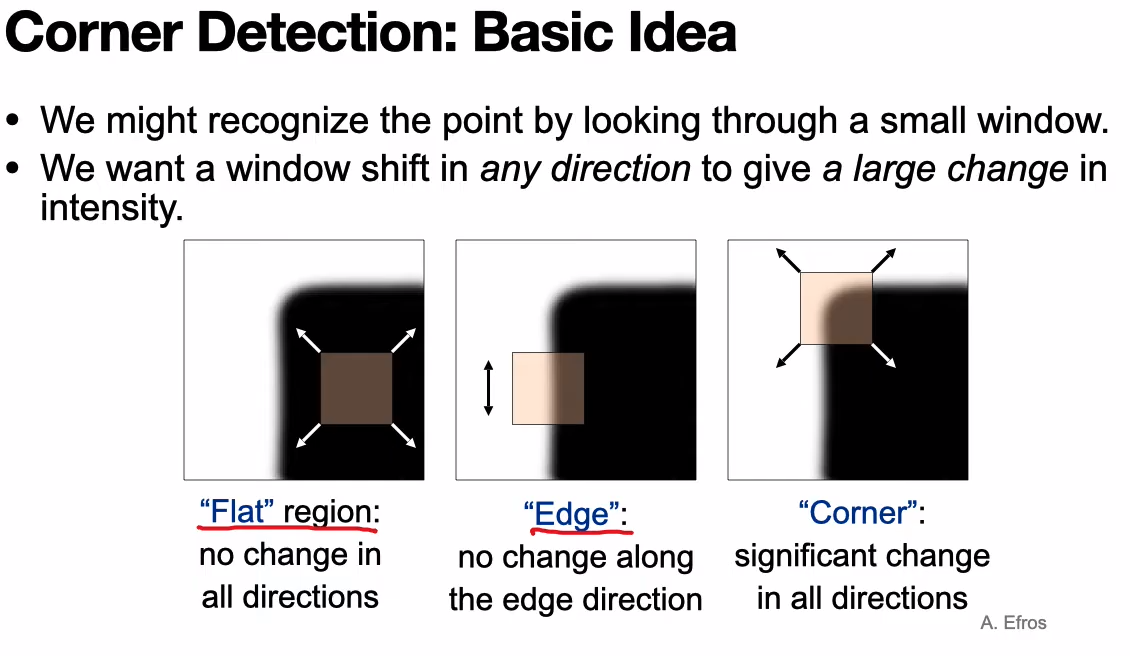
Figure1. Auto-correlation
Corner is good as a feature
- There is no change in a flat area, i.e., cloud
- There is no vertical/horizontal change in a edge, i.e., vertical/horizontal line
Therefore, we have to find out corner of image.
What is E(u,v) formular?
\[E(u,v) = \sum_{x,y}w(x,y)[I(x+u,y+v) - I(x,y)]^2\]Corner Detection by Auto-correlation
w(x,y) : we can call it as a filter, window and mask. i.e., gaussian filter, unit step function. I(x+u,y+v) - I(x,y): the difference between the pixel value of the original image and the pixel brightness of the image moved by u+v
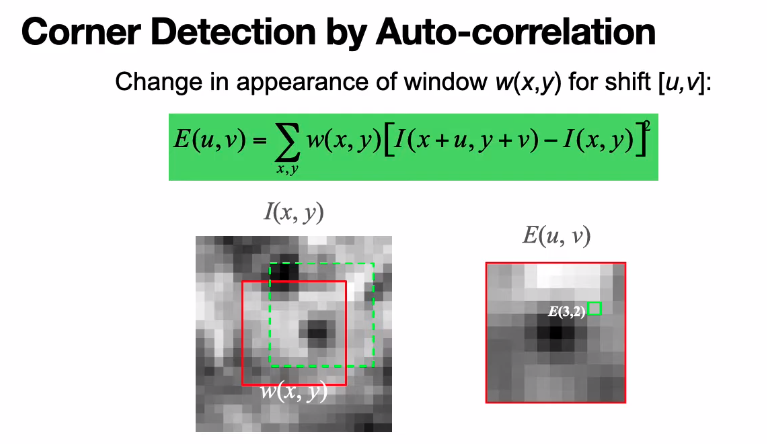
Figure2. Auto-correlation
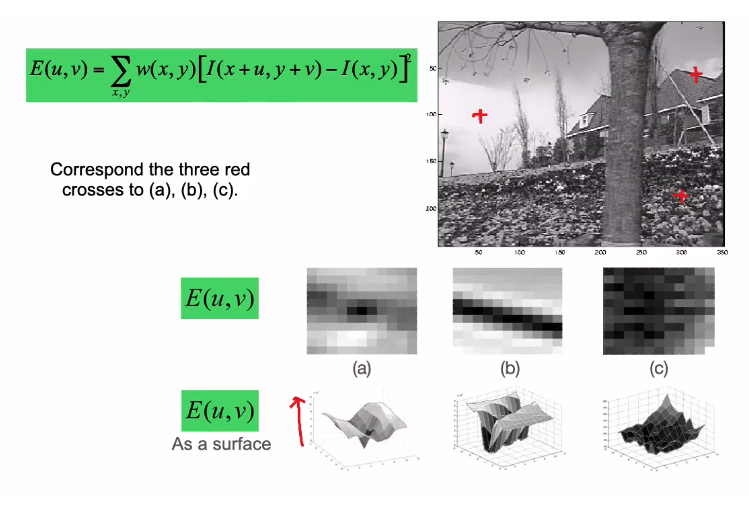
Figure3. (a) : Varied a lot of changes of pixel intensity (b): Edge (c): No change
There is a lot of computational cost:
\[O(window\_width^2 * shift\_range^2 * image\_width^2)\]ex) \(O(11^2 * 11^2 * 600^2) = 5.2 billion\)
Can we just approximate E(u,v) locally by a quadratic surface? Yes, if we use taylor series expansion
Explanation Of Talyor expansion
- Talyor Series to quadratic differential
Application Of Talyor expansion
Local quadratic approximation of E(u,v) in the neighborhood of (0,0) is given by the second-order Taylor expansion:
- \[E(u,v) \approx E(0,0) + \begin{bmatrix}u & v\end{bmatrix}\begin{bmatrix}E_{u}(0,0)\\ E_{v}(0,0) \end{bmatrix}+ \frac{1}{2}\begin{bmatrix}u & v\end{bmatrix}\begin{bmatrix}E_{uu}(0,0) & E_{uv}(0,0)\\ E_{uv}(0,0)& E_{vv}(0,0)\end{bmatrix}\begin{bmatrix}u\\ v \end{bmatrix}\]
- \[E_{u}(u,v) = \sum_{x,y}2w(x,y)[I(x+u,y+v)-I(x,y)]I_{x}(x+u,y+v)\]
- \[E_{uu}(u,v) = \sum_{x,y}2w(x,y)I_{x}(x+u,y+v)I_{x}(x+u,y+v) + \sum_{x,y}2w(x,y)[I(x+u,y+v)-I(x,y)]I_{xx}(x+u,y+v)\]
- \[E_{uv}(u,v) = \sum_{x,y}2w(x,y)I_{y}(x+u,y+v)I_{x}(x+u,y+v) + \sum_{x,y}2w(x,y)[I(x+u,y+v)-I(x,y)]I_{xy}(x+u,y+v)\]
-
Let u,v equals 0: it means \(I(x+u,y+v)-I(x,y) = 0\)
\[E_{u}(0,0) = 0\] \[E_{v}(0,0) = 0\] \[E_{uu}(u,v) = \sum_{x,y}2w(x,y)I_{x}(x,y)I_{x}(x,y)\] \[E_{vv}(u,v) = \sum_{x,y}2w(x,y)I_{y}(x,y)I_{y}(x,y)\] \[E_{uv}(u,v) = \sum_{x,y}2w(x,y)I_{x}(x,y)I_{y}(x,y)\]
-
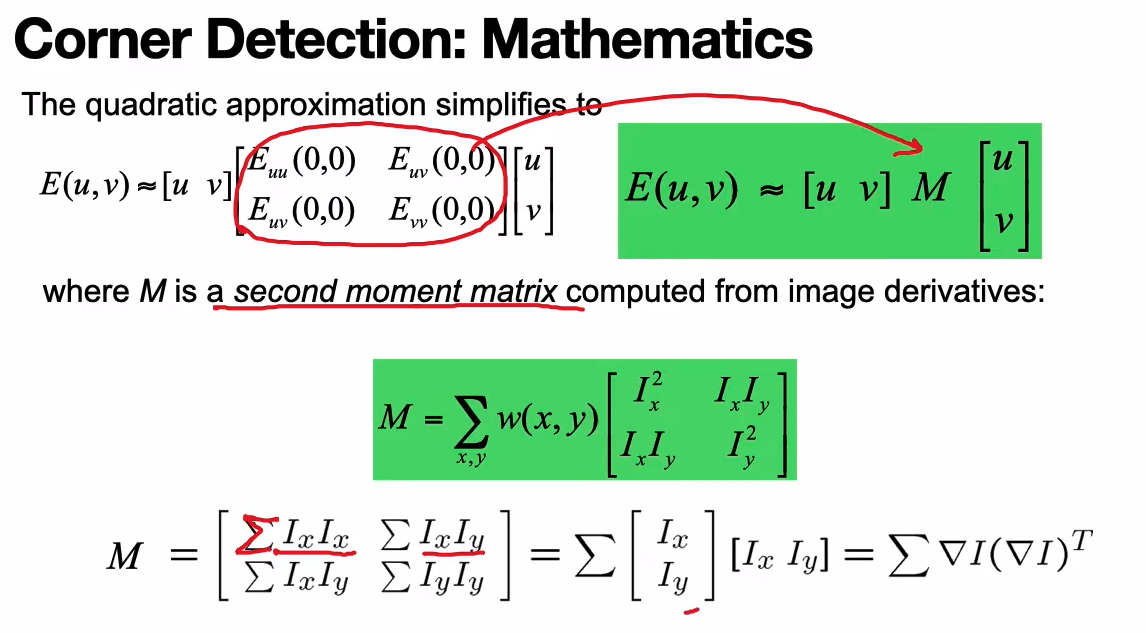
Figure4. Moment Matrix means Coefficient of Quadratic function
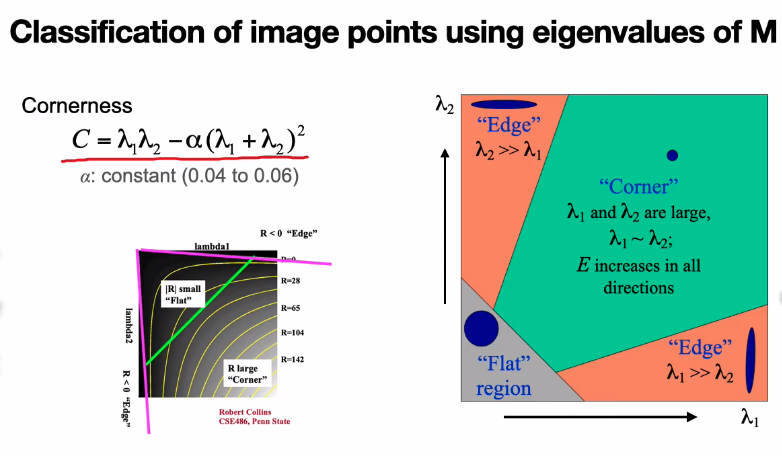
Figure5. Cornerness determines which feature is flat, edge or corner.
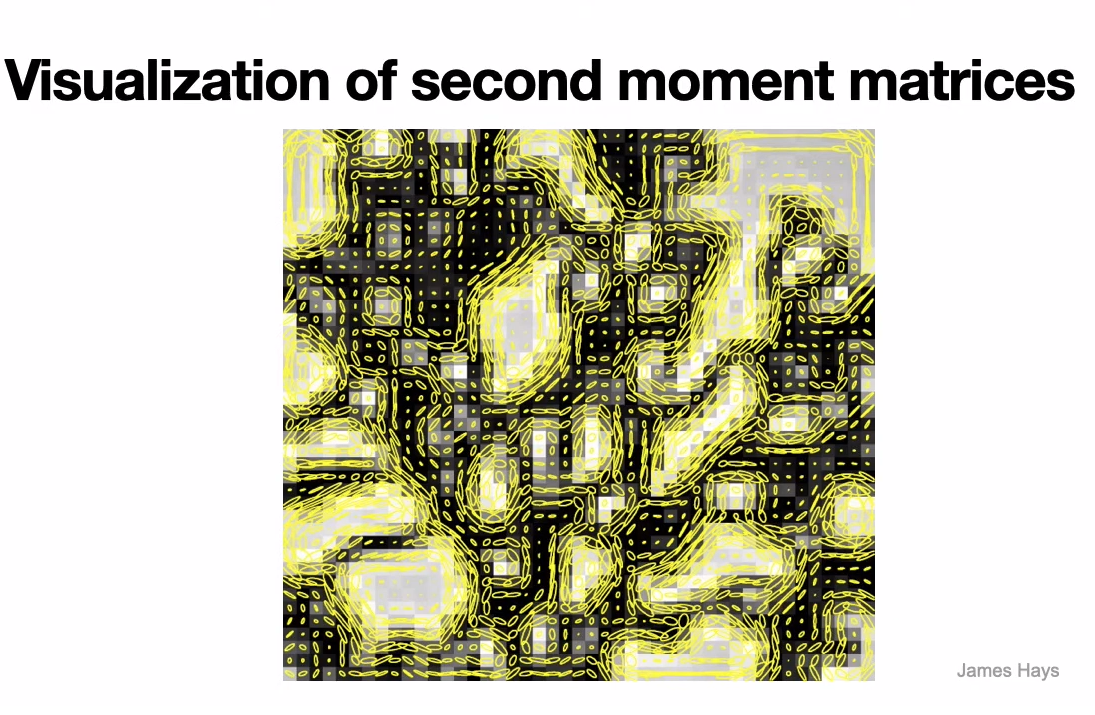
Figure6. Visualization of second moment matrices
Reference
- https://youtu.be/v1cdAgkCHqE
- https://www.youtube.com/watch?v=3d6DsjIBzJ4